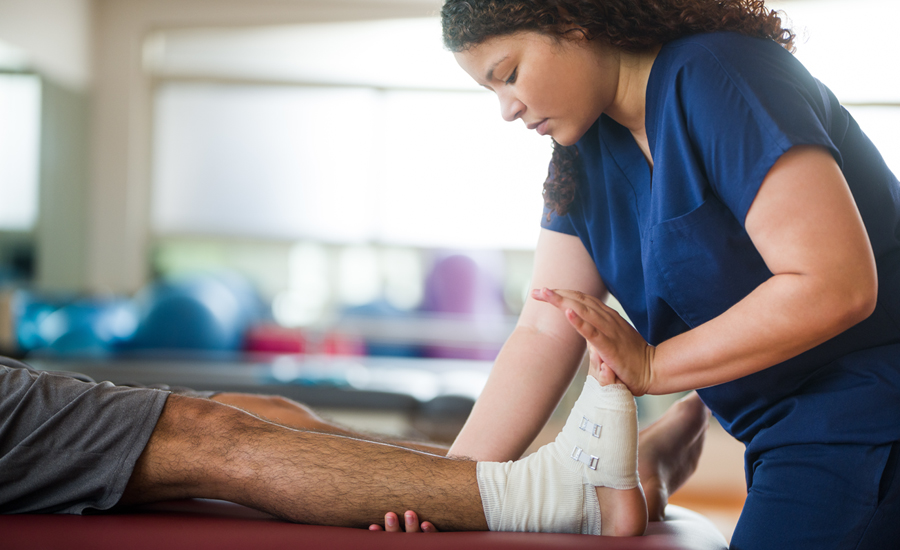Empowering Rehabilitation Through Physiotherapeutic Therapy After Surgery
Empowering Rehabilitation Through Physiotherapeutic Therapy After Surgery
Blog Article
Rehabilitating from surgery can be a challenging process, but physical therapy plays a crucial role in assisting individuals regain their strength and movement. After surgery, the body needs a period to heal, and rehabilitation provides a systematic approach to recovery. This method not only focuses on bodily rehabilitation but also emphasizes the importance of emotional well-being. By engaging in rehabilitation, patients can empower themselves to take control of their healing and improve their overall standard of life.
Physical therapy after surgery typically begins with an assessment by a licensed physical therapist. This professional evaluates the patient's status, including their scope of movement, power, and discomfort levels. Based on this evaluation, a customized treatment plan is created. This plan may include exercises to improve flexibility, strength training to restore muscle, and techniques to enhance balance and coordination. The therapist will guide the patient through these exercises, ensuring they are executed safely and effectively. This tailored approach helps patients advance at their own pace while addressing their specific needs.
One of the key benefits of physical therapy is pain management. After the procedure, many patients feel pain or discomfort, which can hinder their ability to move and participate in daily tasks. Physical therapists use different methods, such as hands-on therapy, treatments like heat or ice, and specific exercises, to help alleviate pain. By controlling pain efficiently, patients can participate more completely in their recovery exercises, leading to faster recovery. Additionally, learning how to manage pain can enable patients to take an active role in their recovery process.
Another important aspect of physical therapy is education. Patients are informed about click this their status, the recovery process, and the importance of adhering to their recovery program. This understanding helps patients understand what to expect during recovery and the role they play in their own recovery. Physical therapists also offer guidance on how to modify daily activities to avoid further harm and encourage healing. This educational component fosters a sense of self-sufficiency and assurance, allowing patients to feel more in control of their recovery journey.
In summary, rehabilitation is an essential component of recovery after an operation. It not only assists in physical rehabilitation but also promotes emotional and emotional well-being. Through customized treatment plans, pain management techniques, and informative support, physical therapy empowers patients to take charge of their recovery. By proactively engaging in their rehabilitation, individuals can recover their power, improve their mobility, and improve their overall quality of life. Accepting rehabilitation after surgery can lead to a successful and rewarding healing experience.